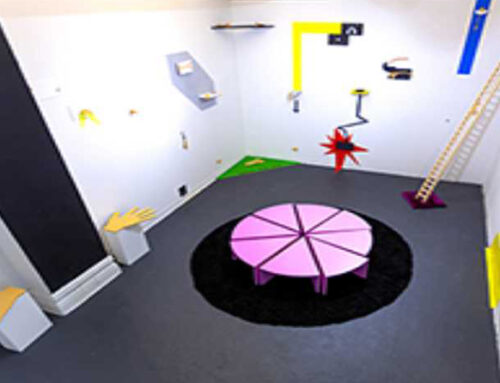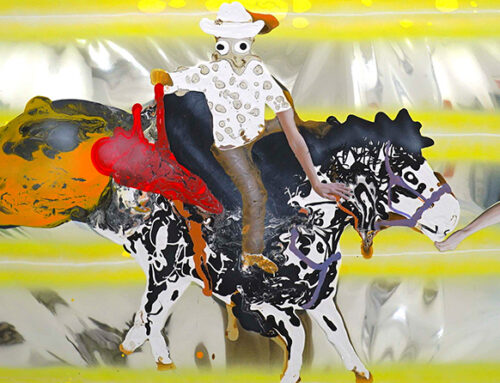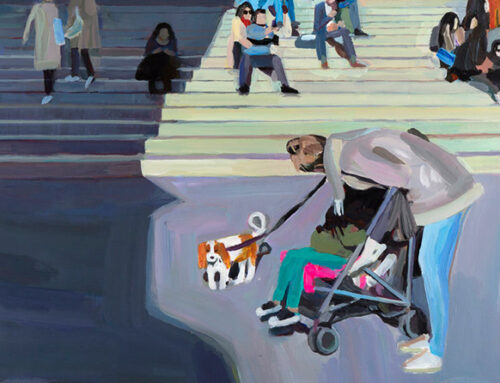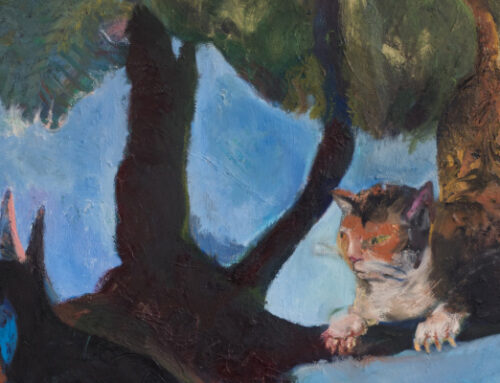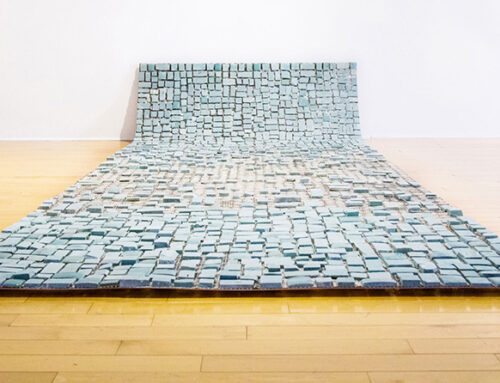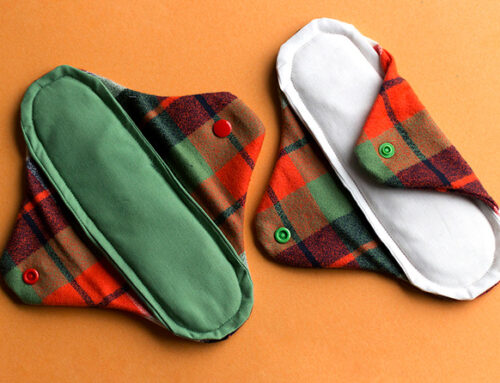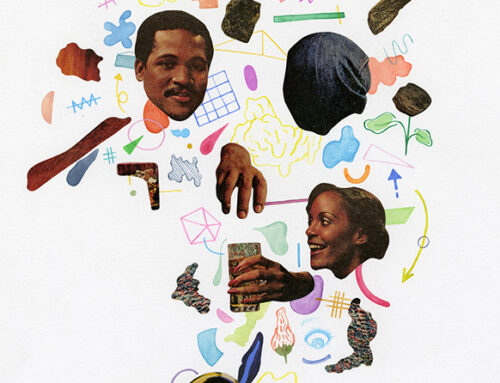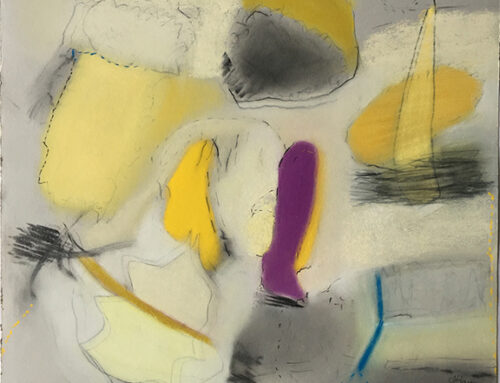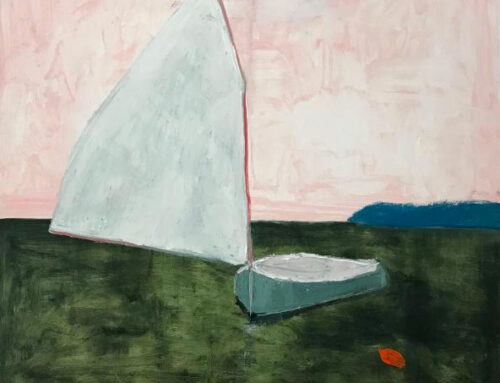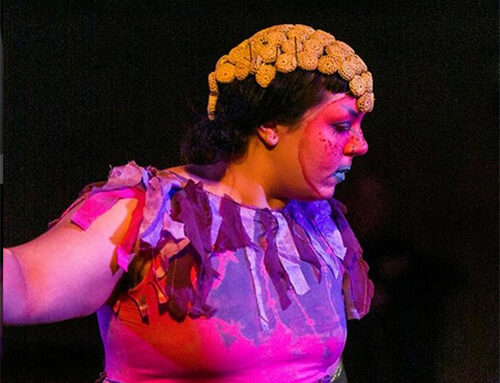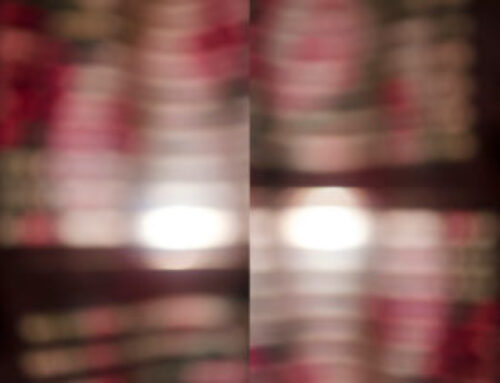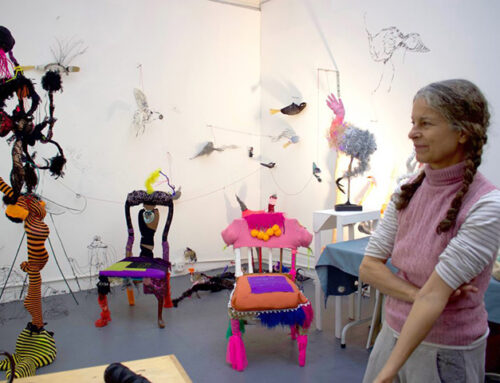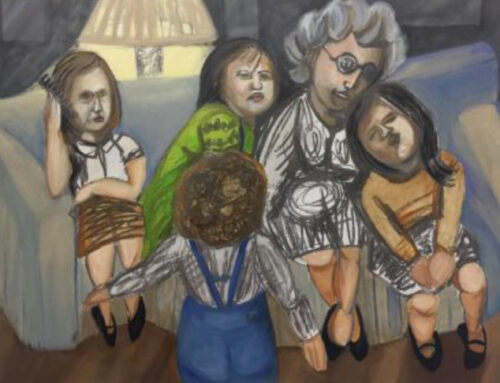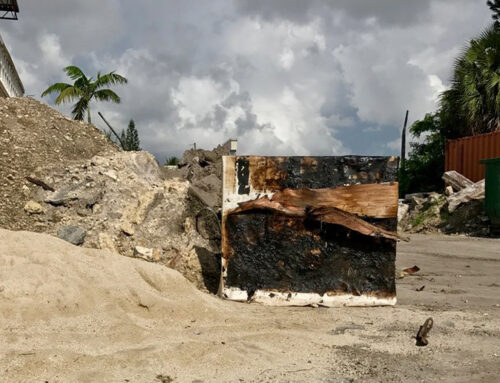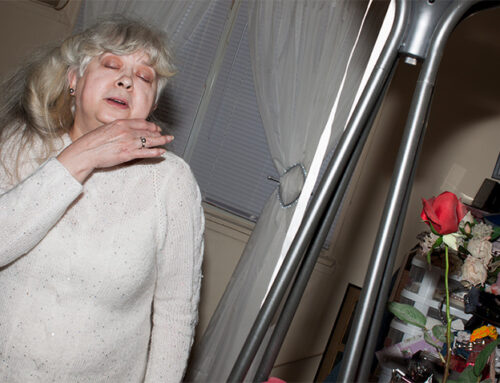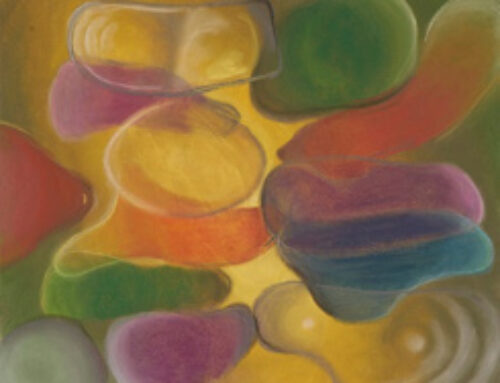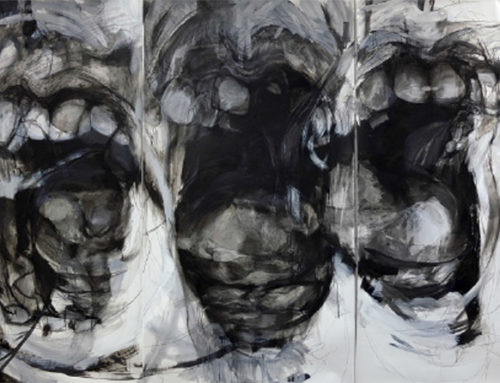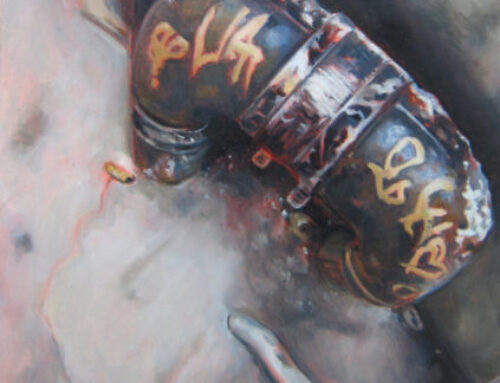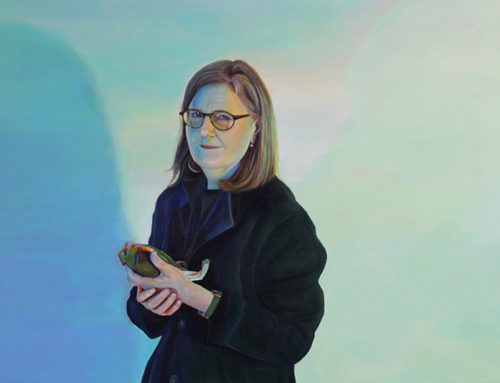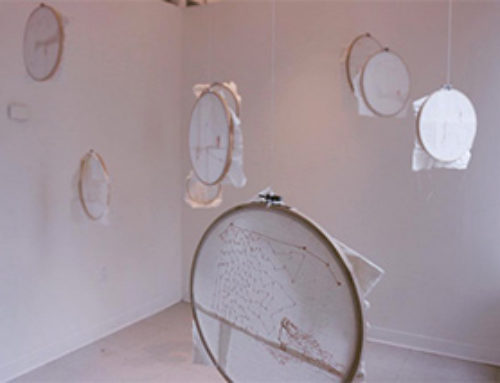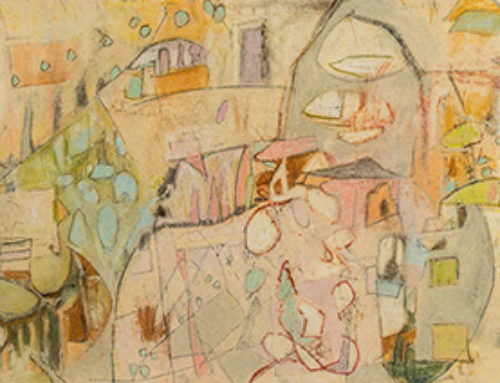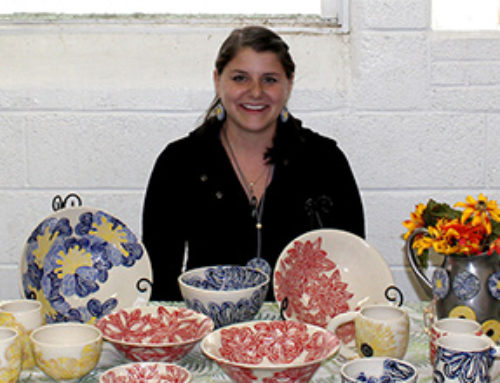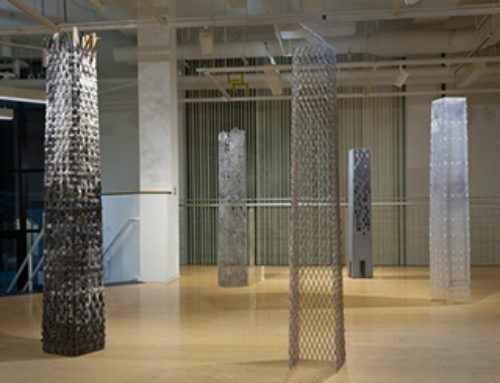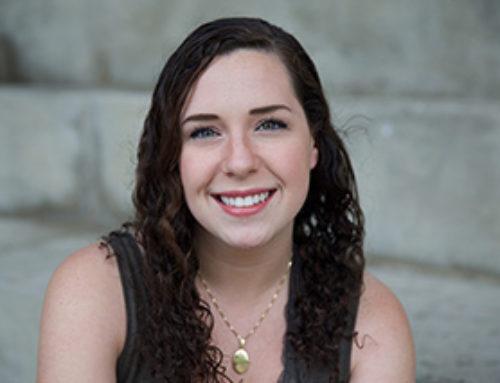
Look Back At It
Oil on canvas, 48″ x 60″

Ice Queen, Oil on canvas, 48″ x 48″

Untitled, Oil on canvas, 48″ x 60″

Bianca, Oil on canvas, 36″ x 48″
HANNAH MARIE FINKBOHNER | INTERVIEW QUESTIONS
Q. How did your passion for art begin taking shape for you—at home, school, a mentor, and other artists who inspired you or a personal experience that started the fermenting process?
A. My passion for art began when I was a sophomore in high school. I spent a significant amount of time drawing tattoos all over my body during class. I got in trouble for drawing on my body almost every day, but my photography and painting teachers viewed my love for drawing in a positive light. They recommended I take a summer intensive studies course at Parsons. After being introduced to formal training, oil paints, and live models, I was hooked.
Q. How would you describe your artwork, in terms of materials or mediums? Has it changed or evolved since formal training and what are your goals for it?
A. My work has evolved through formal training. While in school, my focus was to develop as many technical skills as possible to enhance my work. I am now combining those technical skills with an expressive style so that each painting has elements of realism and abstraction. I work realistically before adding different mediums (gamsol. Galkyd, etc.) to deconstruct my work in ways I cannot do by hand.
Q. How important is a personal style to you as an artist or does your work reflect larger social and cultural issues?
A. Personal style is very important to me. As previously stated, I love combining realism with abstraction. I began painting because I fell in love with the material, and that love is why I will always paint.
That being said, my work is an exploration of beauty and a commentary on superficiality. Through several mediums I create, deconstruct, and rebuild. Initially fully rendered portraits, I used different solvents to manipulate and break down the original work. The final product is a distortion of our notion of conventional beauty.
Q. Has being a woman affected your work and others’ perception of it? How do you feel about being a part of a woman’s art organization?
A. Being a woman has definitely affected my work and people’s perception of it. I do not think I would have ever begun painting large faces of women if I was not a woman myself.
Young girls are constantly being subjected to unattainable standards of beauty and the media does a poor job of defining what normal looks like. Every day I see girls struggling with insecurities and mental health issues related to their appearance. Comparing themselves to images of women they see online that are digitally altered to look “perfect.” Watching my friends and people I deeply care about struggle has led me to investigate and explore my own feelings towards beauty. It makes me question WHY I began painting idealized women’s faces, why am I drawn to something I know isn’t real, why am I disgusted by something I also envy, etc.
I am excited to be part of woman’s art organization and to connect with other female in the same industry.



